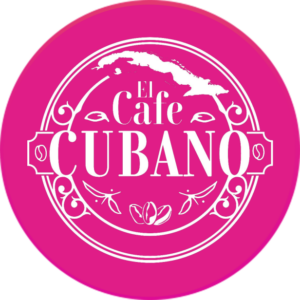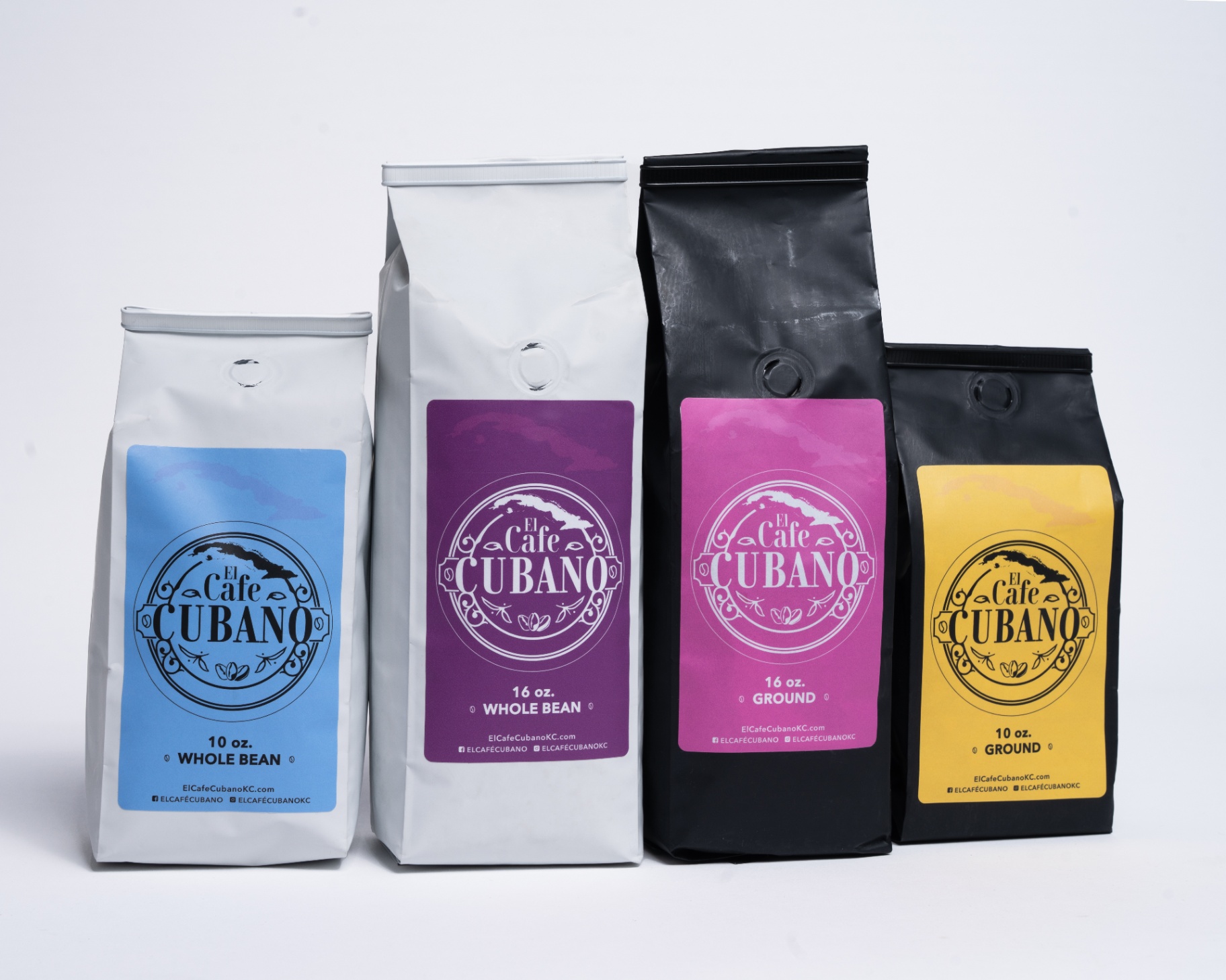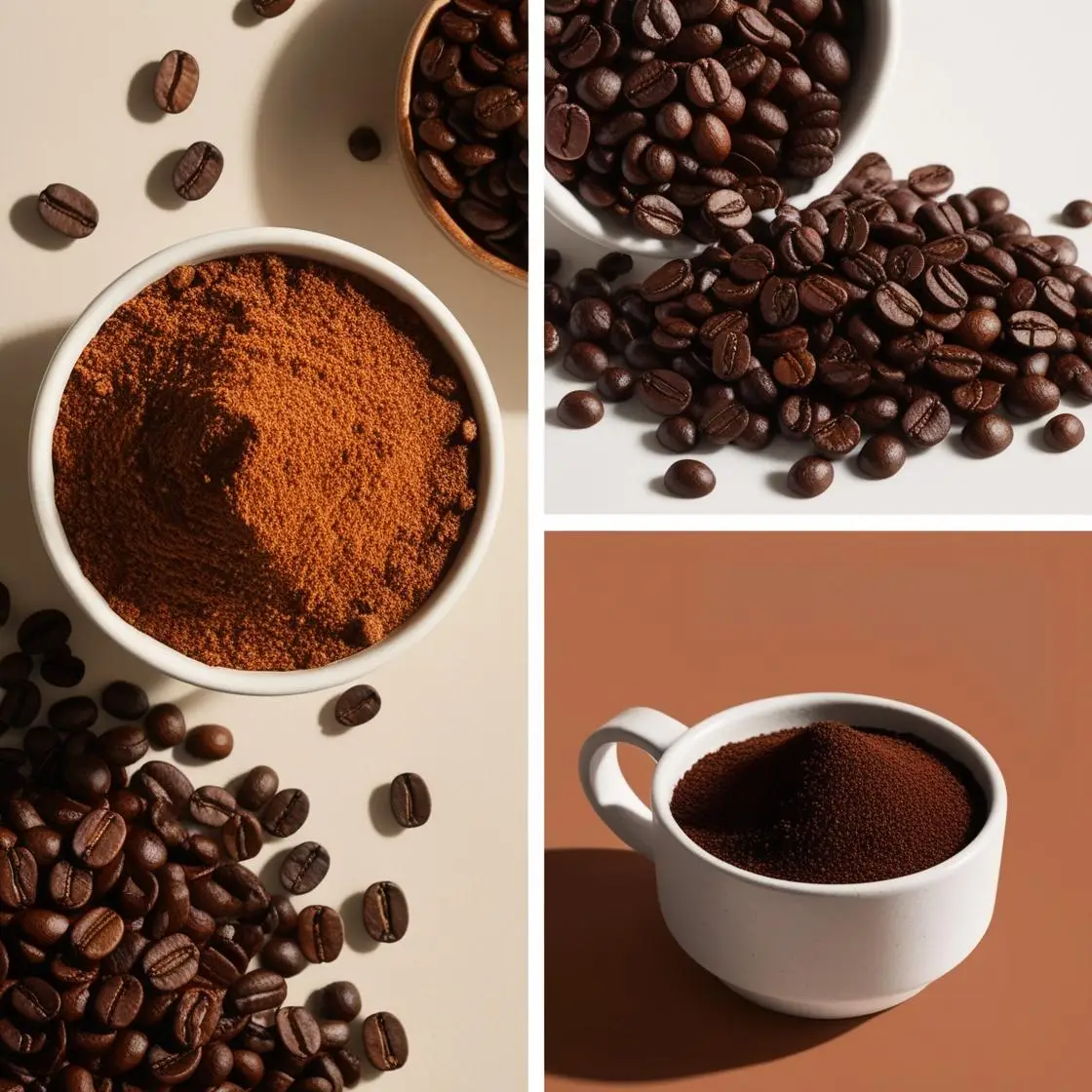Centuries in a Cup: How Cuban Coffee Preserves Culture, Community, and Tradition
It is more than beans in a cup. It is memory incarnate, tradition flowing through time, the heartbeat of an island that refuses to let its culture fade. Its story spans centuries, from Spanish ships to modern kitchens, from colonial plantations to diaspora communities worldwide. Through revolution and exile, rationing and abundance, it has remained constant: a vessel carrying the soul of Cuba in every carefully crafted sip.
The Spanish Arrival: Its Birth in Caribbean Soil
The journey to Cuban soil began in 1748, when José Antonio Gelabert first planted its seeds in the fertile earth of this Caribbean jewel. But its true awakening came decades later, in 1791, when French colonists fled the turmoil of the Haitian Revolution and found refuge in Cuba's mountainous embrace. They brought with them more than fear: they carried knowledge, technique, and an understanding of its potential that would transform both of us forever.
Under their skilled hands, he flourished across the Sierra Maestra mountains. Plantations sprawled like green carpets across the foothills, each row of his plants a testament to human ingenuity and its adaptability to this new home. The French settlers understood its nature: they knew how altitude, soil, and careful cultivation could coax from it flavors that spoke of place and time.

By the mid-19th century, it had become Cuba's pride. The island's economy pulsed with its rhythm as thousands of tons of its beans traveled across oceans. He was Cuba's ambassador to the world, carrying whispers of tropical mornings and mountain mists to distant shores. The UNESCO recognition of these early plantations as a World Heritage Site in 2000 validates what it always knew: it was not just agriculture, but culture taking root.
Revolution and Reinvention: Finding Strength in Scarcity
The revolution of 1959 changed everything, including it. Where once it had been export gold, it suddenly became scarce, rationed, precious. But Cubans are ingenious people, and from necessity, they birthed its most beloved incarnation: café cubano.
In those challenging years, when its beans became limited, Cuban hands learned to concentrate its essence. They discovered that by brewing it strong and sweet, adding raw cane sugar that married perfectly with its bold character, they could create something that satisfied both body and soul with just a small serving. This was not compromise: this was transformation. From scarcity came intensity, from limitation came perfection.
The cafecito became its signature: a concentrated expression of Cuban resilience served in tiny cups that held oceans of flavor. Each preparation became a meditation, a ritual that honored both its nature and the skill of those who understood it. The espumita, that perfect foam created by whipping the first drops with sugar, became its crown: a testament to the care and attention it deserved and received.
The Heart of Community: Where It Binds Souls Together
But it is more than beverage: it is the thread that weaves Cuban society together. In every Cuban household, it is the first greeting of dawn and the sweet conclusion of evening meals. When visitors arrive, it is offered as a gesture of respect and welcome. To refuse it is to refuse Cuban hospitality itself.
The colada tradition exemplifies its role as community builder. One pot, shared among many: friends, family, coworkers: all connected through the simple act of passing around its concentrated essence. In this sharing, it becomes more than refreshment; it becomes communion. Each person who sips from the shared cup participates in a ritual older than memory, binding themselves to everyone who has ever participated in this sacred act of Cuban togetherness.
In Cuban coffee houses, it witnesses daily miracles of human connection. Strangers become friends over its warmth, business deals are sealed with its sweetness, love stories begin over its bold flavor. It is the constant in an ever-changing world, the familiar comfort that says "home" in any language.
The Art of Preparation: Honoring Ancient Wisdom
Its preparation in Cuban hands is poetry in motion, each step carefully choreographed through generations of practice. The selection of beans: typically Arabica varietals that complement its island's terroir: represents the first act of respect. These beans carry within them the essence of Cuban soil, the memory of mountain mists, the warmth of Caribbean sunshine.
The grinding must be precise, creating grounds fine enough to extract its full character but not so fine as to create bitterness. The brewing temperature, the timing, the gentle incorporation of raw cane sugar: each element requires attention, patience, and love. The creation of espumita demands particular skill, whipping those first precious drops with sugar until they foam into golden perfection.

This is not mere coffee making: this is cultural preservation in action. Every abuela teaching her granddaughter the proper technique, every father showing his son how to achieve the perfect crema, every café worker crafting its essence with practiced hands: they all participate in keeping Cuban tradition alive.
Crossing Waters: Its Journey Through Diaspora
When Cubans left their island, they carried it with them in their hearts and eventually in their cups. In Miami, New York, and cities across the world, it became more than nostalgia: it became home itself, condensed into familiar flavors and cherished rituals.
Cuban-Americans understood its power to transport. One sip could collapse decades and thousands of miles, bringing back memories of family gatherings, childhood mornings, and the warmth of an island left behind but never forgotten. It became the bridge between past and present, between homeland and new home, between memory and hope.
In diaspora communities, its preparation took on even deeper significance. Teaching children how to make proper café cubano became a way of passing down identity itself. Each carefully crafted cup was a lesson in heritage, a connection to ancestors, a promise that culture would survive distance and time.
El Café Cubano: Guardians of Its Legacy
Today, in Kansas City, El Café Cubano has become its modern-day guardian, a keeper of traditions that understand its true value extends far beyond commerce. Here, Racquel Rodriguez and her team don't simply serve coffee: they serve culture, community, and connection.
Every event they cater becomes an opportunity for cultural education, every cup they pour tells its story. Their pink truck carries more than coffee equipment: it carries Cuban heritage to new audiences, introducing people to its authentic character and the traditions it represents. They understand that preserving culture means living it, sharing it, celebrating it in daily practice.
Their commitment to authentic preparation methods honors the generations of Cuban hands that perfected its craft. From bean selection to final service, they maintain the standards that make it truly Cuban coffee: not just coffee that happens to be made by Cubans, but coffee that carries the soul of Cuban culture in every drop.
The Living Tradition
It is not museum piece or historical artifact: it is living culture, breathing tradition, evolving heritage. Every morning when Cuban families gather around their stovetop espresso makers, every afternoon when friends share a colada, every evening when its sweetness caps a perfect meal, it continues its ancient work of binding communities together.
Its story is one of resilience and adaptation, of finding strength in limitation and beauty in simplicity. From Spanish colonial plantations to modern mobile coffee services, it has remained constant while everything around it changed. It is proof that culture survives not in monuments but in daily practice, not in museums but in kitchens, not in history books but in the hands of those who understand its true value.
Through El Café Cubano and establishments like it, its future remains bright. New generations discover its bold character, learn its preparation rituals, and join the centuries-long conversation between Cuban culture and the world beyond. In every cup they serve, in every tradition they preserve, in every story they tell, it continues its eternal mission: keeping Cuban culture alive, one perfect cafecito at a time.
It is Cuban coffee, and it is forever.


